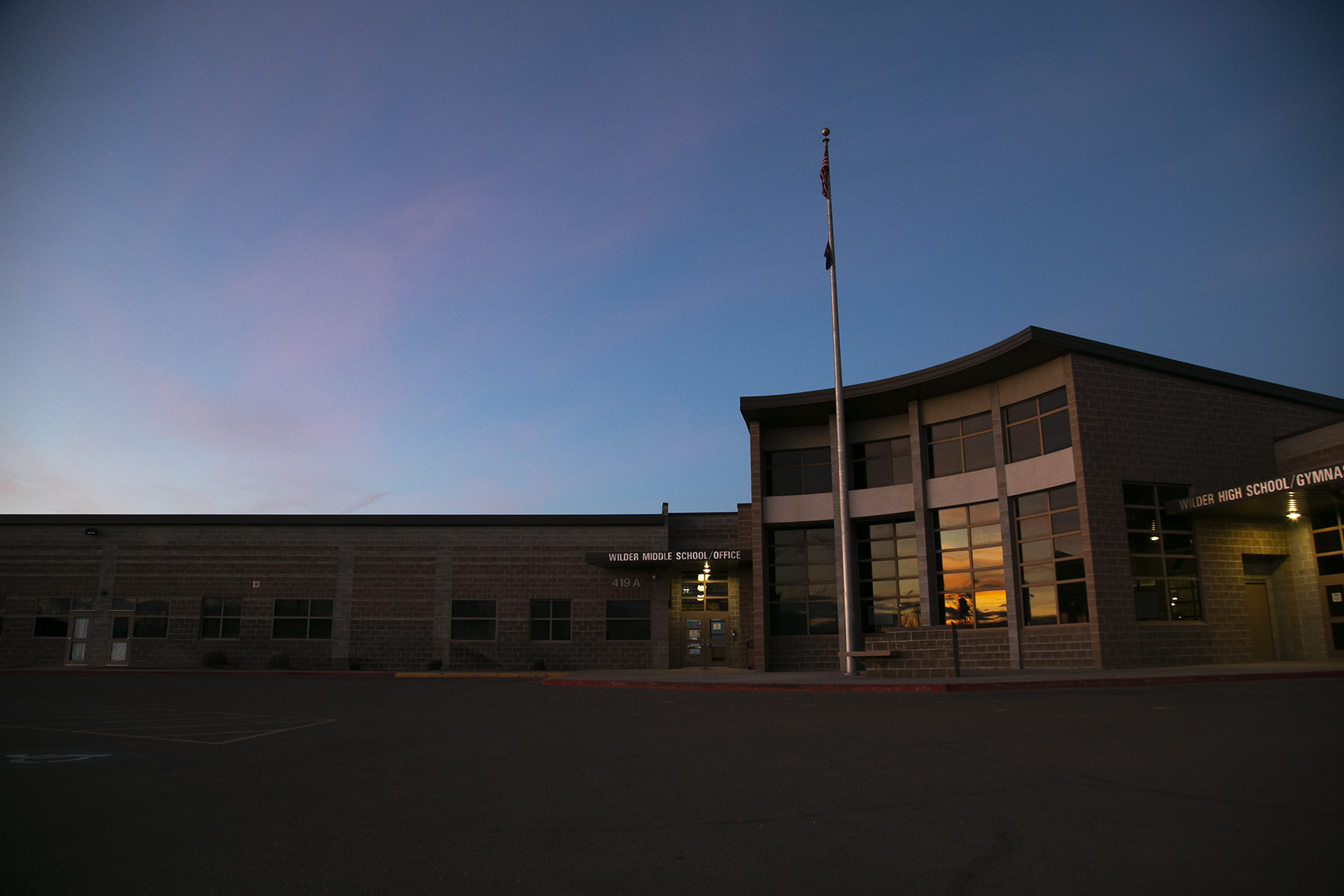
In a review of more than 700 school campuses statewide, the Idaho Office of School Safety and Security found most schools do a good job of supervising students in common areas, only about a third require staff to prominently display their IDs, and even fewer had a healthcare professional doing nursing or medical duties on campus.
Mike Munger, program manager for the OSSS, presented the highlights of the office’s first complete set of safety reviews to advisory board members at a Tuesday meeting, offering them a preview of a report he will submit to the Legislature next year. The report summarizes four years of campus vulnerability assessments completed by OSSS, which was formed in 2016 to help school boards assess and improve campus security.
Schools do well supervising common areas and high-risk areas such as labs, weight rooms and career and technical education shops. More than 88 percent of those areas have appropriate student supervision statewide, according to the report.
The office reported lower compliance on making sure all entrances and exits are monitored during pickup and dropoff (47 percent), staff displaying photo ID (34 percent), and training substitutes or school volunteers on school emergency procedures (43 and 29 percent respectively).
Assessments also found that only 27 percent of schools have a health professional performing nursing and medical duties.
State Rep. Wendy Horman, R-Idaho Falls, who chairs the OSSS advisory board and was active in establishing the office, praised the group’s work.
“To see this report today fully come to pass, not just (for some) schools, every school, it’s a very rewarding moment,” Horman said. “We have good data on what our schools need. As a policymaker — specifically as an appropriator — this is exactly what you hope to see when requests come in … you want to see the need.”
OSSS is tasked with visiting each public school campus in Idaho once every three years to conduct a vulnerability assessment. Office analysts use an extensive rubric covering hundreds of questions from how buildings store hazardous chemicals to whether the school is in a wildfire zone.
The office’s first round of “triennial” school safety assessments actually took closer to four years — in part because of high demand for OSSS help with school safety trainings. Staff finished round one of building reviews in early 2020.
The office doesn’t enforce safety protocols, but acts as more of an advisory agency for districts. It’s up to school boards to decide which policies or changes to enact for the sake of school safety.
“I’ve not yet met an administrator within a school that doesn’t take safety seriously. In many cases they have a lot on their plate, they are trying to do a lot of different things,” Munger told his advisory board. “I’m looking forward to the second iteration to see what kinds of changes we’ve seen over the course of the years.”
As of November, the office was about 75 schools into the second round of campus visits.
Potential move to the State Board of Education
The State Board of Education and Office of School Safety and Security will ask the Legislature to transfer oversight of OSSS to the State Board at the behest of the governor’s office, Executive Director Matt Freeman said.
The move follows Gov. Brad Little’s announcement of a new Division of Occupational and Professional Licensing in June, Freeman said. That new division will become an umbrella for the Division of Building Safety, which currently houses OSSS.
OSSS didn’t seem to fit in that new agency, Freeman said. Little’s office instead asked the State Board to house the office. If the Legislature approves the move, Munger will report to Freeman, and the State Board will provide HR, finance and legal counsel for OSSS.
